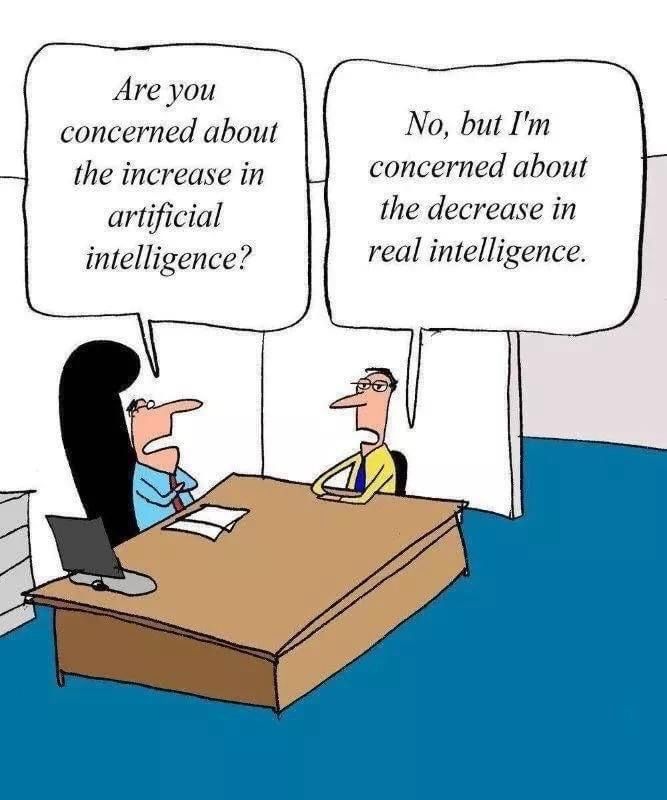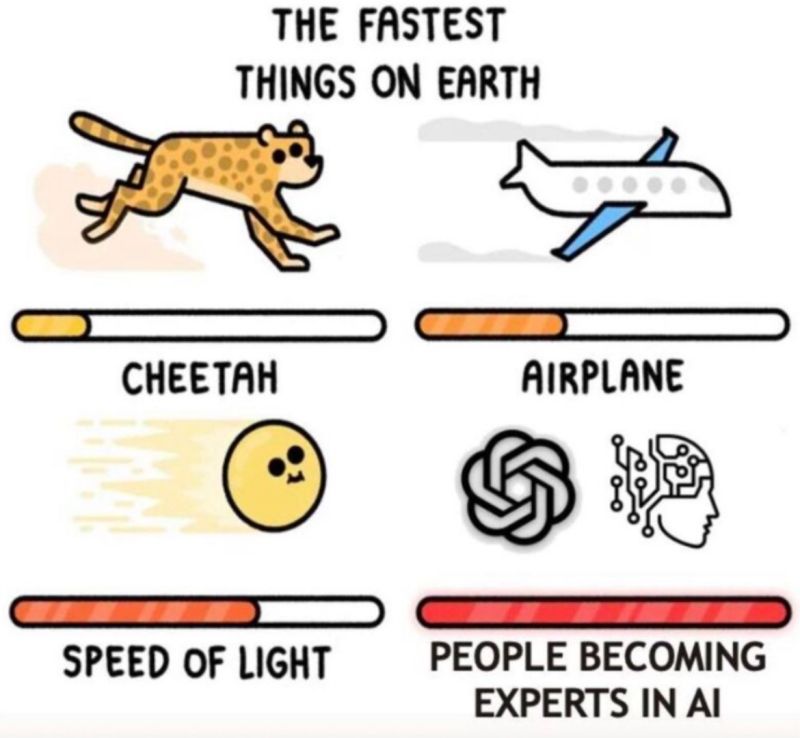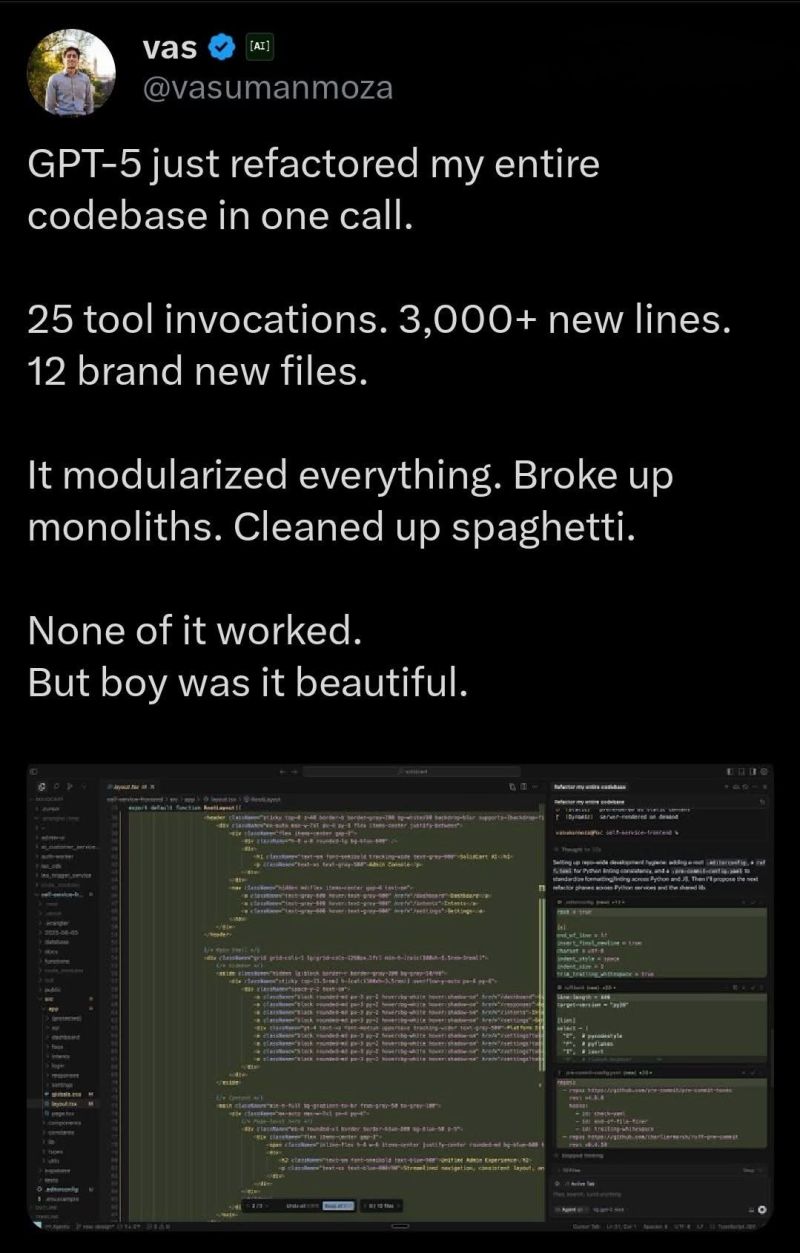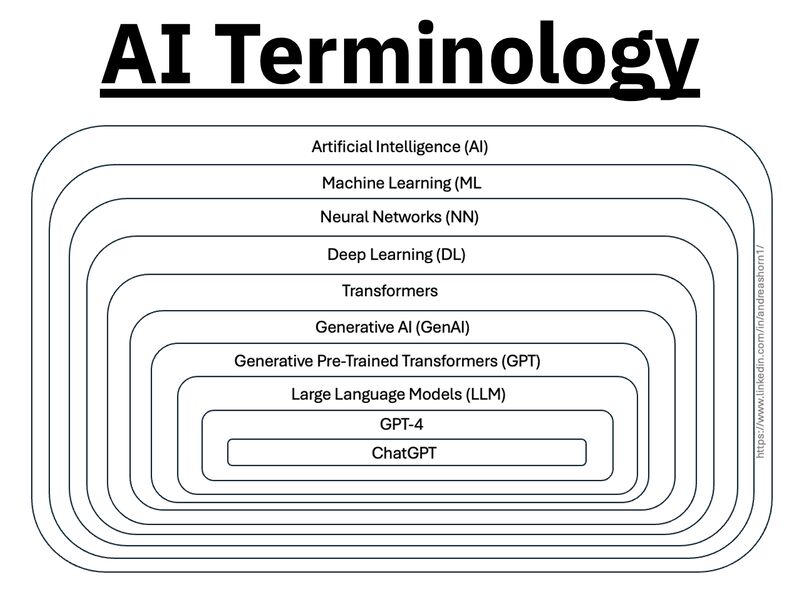BREAKING NEWS
LATEST POSTS
-
OpenGlass – Open Source Smart Glasses
https://github.com/BasedHardware/OpenGlass
Turn any glasses into hackable smart glasses with less than $25 of off-the-shelf components. Record your life, remember people you meet, identify objects, translate text, and more.
-
-
Devon Stork from Asimov Press – Why Nothing Can Grow on Mars
https://www.asimov.press/p/grow-mars
### Environmental Challenges and Solutions
**Extreme Temperatures:**
– **Challenge:** Mars experiences drastic temperature fluctuations, often dropping below -80 degrees Fahrenheit at night.
– **Solution:** Developing advanced insulation and heating systems for greenhouses to maintain a stable temperature suitable for plant growth.**High Radiation Levels:**
– **Challenge:** Mars lacks a protective magnetic field, exposing the surface to harmful cosmic radiation.
– **Solution:** Building underground or shielded habitats and greenhouses using materials that block or absorb radiation to protect both plants and humans.**Lack of Liquid Water:**
– **Challenge:** Water on Mars is mostly found as ice, with very little liquid water available.
– **Solution:** Melting ice deposits using solar or nuclear energy and developing efficient water recycling systems to provide a consistent water supply for agriculture.### Technological Challenges and Solutions
**Soil Quality:**
– **Challenge:** Martian soil lacks the organic nutrients necessary for plant growth and may contain toxic compounds like perchlorates.
– **Solution:** Creating artificial soil by mixing Martian regolith with organic matter from Earth and employing bioremediation techniques to neutralize toxins.**Atmospheric Conditions:**
– **Challenge:** Mars’ thin atmosphere is composed mainly of carbon dioxide, with very low pressure.
– **Solution:** Utilizing pressurized greenhouses enriched with oxygen and maintaining an Earth-like atmosphere to support plant respiration and growth.**Energy Supply:**
– **Challenge:** Providing a reliable and sufficient energy source for all agricultural and habitat needs.
– **Solution:** Harnessing solar energy through large solar panel arrays and exploring nuclear energy options for continuous power supply.### Legal Challenges and Solutions
**Space Treaties and Regulations:**
– **Challenge:** Current international space law, primarily governed by the Outer Space Treaty, lacks detailed regulations on the use of extraterrestrial resources.
– **Solution:** Developing new international agreements and frameworks to address resource use, property rights, and environmental protection on Mars.**Property Rights:**
– **Challenge:** Establishing clear property rights for land and resources on Mars to prevent conflicts and ensure fair usage.
– **Solution:** Creating an international governing body to manage and regulate the allocation of Martian land and resources.**Environmental Protection:**
– **Challenge:** Ensuring that Mars’ environment is not irreparably damaged by human activities.
– **Solution:** Implementing strict environmental guidelines and sustainability practices to minimize the ecological footprint of Mars colonization. -
Johnny Grilo – What is the role of the VFX Supervisors and what are their responsibilities in a production pipeline?
The role of a VFX Supervisor in filmmaking is multifaceted, encompassing pre-production planning, budgeting, team management, on-set supervision, and post-production oversight. They collaborate with directors to understand the creative vision, plan VFX sequences, and ensure seamless integration of digital elements. Their responsibilities include guiding actors, capturing on-set references, maintaining quality control, and overseeing the final VFX integration during post-production. Effective documentation and reporting throughout the process are crucial for successful project completion.
Full breakdown here: https://squarezeroone.wixsite.com/home/post/the-vital-role-of-the-vfx-supervisor-in-filmmaking
-
FEATURED POSTS
-
How to View Apple’s Spatial Videos
https://blog.frame.io/2024/02/01/how-to-capture-and-view-vision-pro-spatial-video/
Apple’s Immersive Videos format is a special container for 3D or “spatial” video. You can capture spatial video to this format either by using the Vision Pro as a head-mounted camera, or with an iPhone 15 Pro or 15 Pro Max. The headset offers better capture because its cameras are more optimized for 3D, resulting in higher resolution and improved depth effects.
While the iPhone wasn’t designed specifically as a 3D camera, it can use its primary and ultrawide cameras in landscape orientation simultaneously, allowing it to capture spatial video—as long as you hold it horizontally. Computational photography is used to compensate for the lens differences, and the output is two separate 1080p, 30fps videos that capture a 180-degree field of view.
These spatial videos are stored using the MV-HEVC (Multi-View High-Efficiency Video Coding) format, which uses H.265 compression to crunch this down to approximately 130MB per minute, including spatial audio. Unlike conventional stereoscopic formats—which combine the two views into a flattened video file that’s either side-by-side or top/bottom—these spatial videos are stored as discrete tracks within the file container.
Spatialify is an iOS app designed to view and convert various 3D formats. It also works well on Mac OS, as long as your Mac has an Apple Silicon CPU. And it supports MV-HEVC, so you’ll be all set. It’s just $4.99, a genuine bargain considering what it does. Find Spatialify here.
-
Ethan Roffler interviews CG Supervisor Daniele Tosti
Ethan Roffler
I recently had the honor of interviewing this VFX genius and gained great insight into what it takes to work in the entertainment industry. Keep in mind, these questions are coming from an artist’s perspective but can be applied to any creative individual looking for some wisdom from a professional. So grab a drink, sit back, and enjoy this fun and insightful conversation.
Ethan
To start, I just wanted to say thank you so much for taking the time for this interview!Daniele
My pleasure.
When I started my career I struggled to find help. Even people in the industry at the time were not that helpful. Because of that, I decided very early on that I was going to do exactly the opposite. I spend most of my weekends talking or helping students. ;)Ethan
(more…)
That’s awesome! I have also come across the same struggle! Just a heads up, this will probably be the most informal interview you’ll ever have haha! Okay, so let’s start with a small introduction!
-
OLED vs QLED – What TV is better?
Supported by LG, Philips, Panasonic and Sony sell the OLED system TVs.
OLED stands for “organic light emitting diode.”
It is a fundamentally different technology from LCD, the major type of TV today.
OLED is “emissive,” meaning the pixels emit their own light.Samsung is branding its best TVs with a new acronym: “QLED”
QLED (according to Samsung) stands for “quantum dot LED TV.”
It is a variation of the common LED LCD, adding a quantum dot film to the LCD “sandwich.”
QLED, like LCD, is, in its current form, “transmissive” and relies on an LED backlight.OLED is the only technology capable of absolute blacks and extremely bright whites on a per-pixel basis. LCD definitely can’t do that, and even the vaunted, beloved, dearly departed plasma couldn’t do absolute blacks.
QLED, as an improvement over OLED, significantly improves the picture quality. QLED can produce an even wider range of colors than OLED, which says something about this new tech. QLED is also known to produce up to 40% higher luminance efficiency than OLED technology. Further, many tests conclude that QLED is far more efficient in terms of power consumption than its predecessor, OLED.
(more…)
-
Sun cone angle (angular diameter) as perceived by earth viewers
Also see:
https://www.pixelsham.com/2020/08/01/solid-angle-measures/
The cone angle of the sun refers to the angular diameter of the sun as observed from Earth, which is related to the apparent size of the sun in the sky.
The angular diameter of the sun, or the cone angle of the sunlight as perceived from Earth, is approximately 0.53 degrees on average. This value can vary slightly due to the elliptical nature of Earth’s orbit around the sun, but it generally stays within a narrow range.
Here’s a more precise breakdown:
-
- Average Angular Diameter: About 0.53 degrees (31 arcminutes)
- Minimum Angular Diameter: Approximately 0.52 degrees (when Earth is at aphelion, the farthest point from the sun)
- Maximum Angular Diameter: Approximately 0.54 degrees (when Earth is at perihelion, the closest point to the sun)
This angular diameter remains relatively constant throughout the day because the sun’s distance from Earth does not change significantly over a single day.
To summarize, the cone angle of the sun’s light, or its angular diameter, is typically around 0.53 degrees, regardless of the time of day.
https://en.wikipedia.org/wiki/Angular_diameter
-










